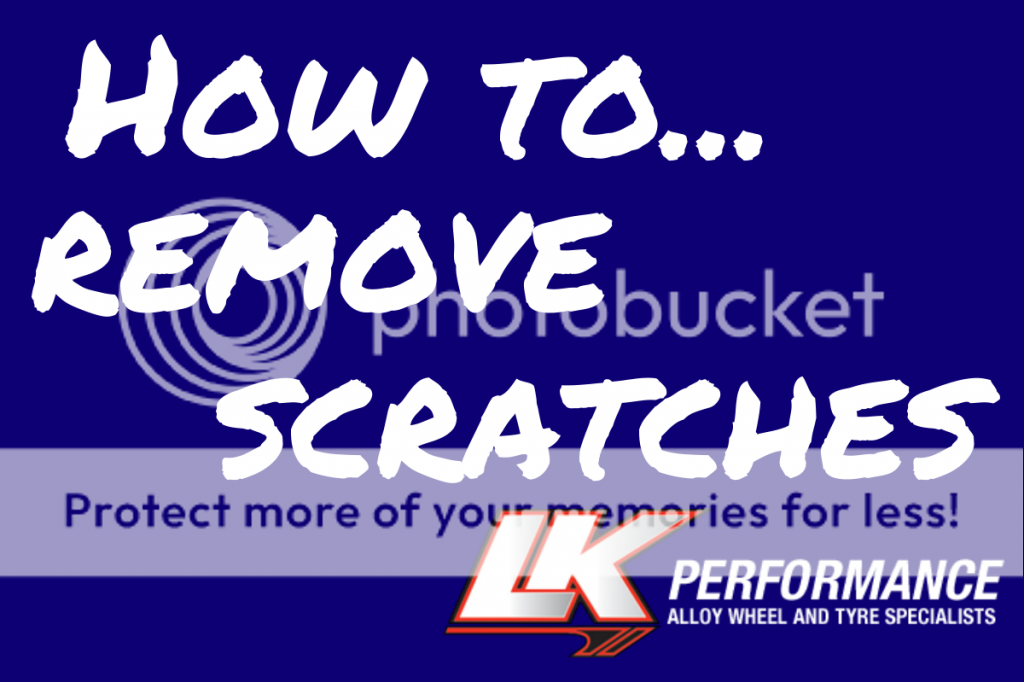How to Remove Car Paint Scratches
Posted on: 29/04/2014Urban living particularly can take its toll on your ride, not least in terms of that spanking candy finish it leaves the paint-shop with. Any number of things can quickly reduce it into looking like- well, every other car parked in the street. And it ain’t so cheap getting it professionally fixed.
Here’s our step-by-step guide to getting it done yourself.
For starters, there are four layers to your car’s skin: clear coat, base or colour paint, primer and the metal underneath.
Before you begin forking out cash, first work out what sort of scratch you're dealing with. If it appears thin and white, it in all likelihood hasn't penetrated through the top clear coat. If it is body-coloured or right through to the bone, you've got a more tricky situation on your hands.
Unlike the original factory paint, which is a ‘protected enamel’, the paint you're going to be applying, be it primer, colour or clear, is a ‘lacquer’. Allow lacquers to dry at least overnight before you add another coat. If you need multiple coats to build up the paint film to full thickness for a repair, one coat a day is best.
Of course, be safe. The amounts of solvents used are small, but work in a well-ventilated area and be sure to degrease the area you’re working before you begin.
Be sure you are working in prime, stable and fully ventilated temperature and humidity conditions, where possible; this can still mean outside, if you are in a shaded area like a carport, on a good day, as this is paramount for a good finish. Bear in mind, manufacturers and professionals spray in a fully controlled environment and then use ovens to bake the paint for optimum results. And protective gear, people.
Minor scratches, ones that don't go through the clear coat into the underlying base colour -or beyond- can very often simply be polished out with a proprietary compound. Of course, this works by removing some of the clear coat, so try to keep your efforts as localized as possible.
Clean the surface and apply protection to the surrounds by masking up with tape and paper. Apply a small amount of polishing compound to the pad or use a micro-fibre cloth.
It’s another exercise in patience and taking it easy. No sudden moves. Don’t be impatient to get it done, or you’ll work too deep, too fast. Polish a small area. After about 30 strokes, wipe it dry with a clean cloth and check regularly to see if the scratch is still visible
Once cleared, be sure to clean the panel afterwards to remove any remaining compound. Nice one.
Have a cup of tea.
